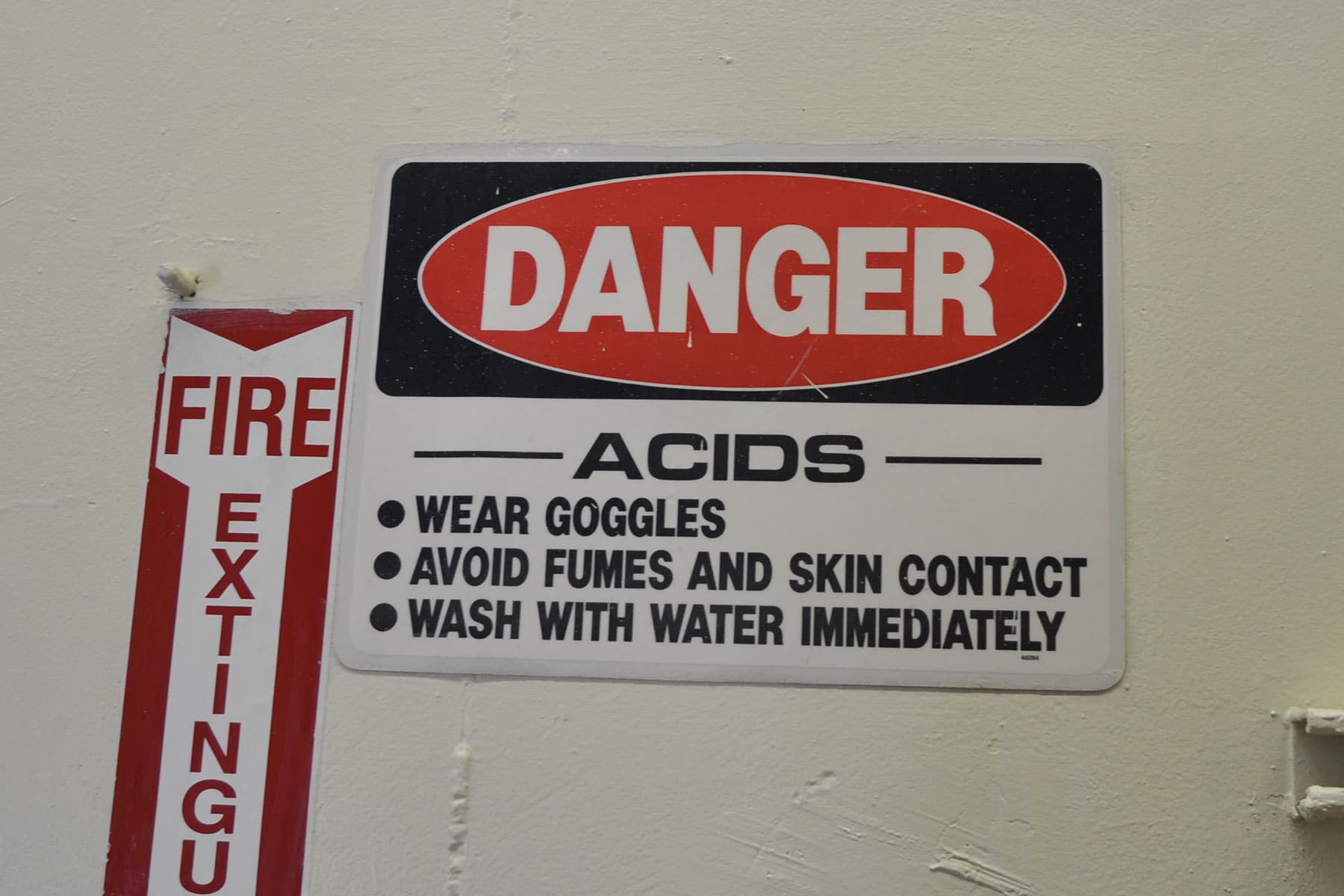Posted by Zosi Team

Even though worker injuries and fatalities have decreased, the food industry is statistically more likely to experience either of these.
As a leader in your company, you can directly affect the safety of everyone in your facility. Keeping your employees safe and helping them be aware of their rights can help you build a stronger relationship with them, too. The Occupational Safety and Health Act of 1970 started a movement to protect workers when they’re at work. We spend so much time there, so it’s important that everyone feels safe. This law makes sure that companies think of how they can keep their workers well and out of harm’s way.
What is OSHA?
Signed into law in December of 1970, the Occupational Safety and Health Administration (OSHA) is a part of the U.S. Department of Labor. It’s a continuous work-in-progress meant to keep workers safe while at work. OSHA works to make sure that workplaces have and enforce standards, plus give enough training and education to people at work.
What is the General Duty Clause?
The General Duty Clause is brief but has several parts. Part (a) has to do with the employer and part (b) has to do with employees. Each part basically says that both employers and employees will do what the OSH Act outlines to keep everyone safe from recognized hazards at work.
Who does OSHA protect?
OSHA was made to protect people at work. Workers’ rights are outlined in the OSHA documentation as five separate items. OSHA protects workers by giving them the right to the following:
- A safe and healthful workplace
At your workplace, employees shouldn’t have to work around serious hazards. Having a pivotal role in your workers’ welfare, you should do whatever you can to keep risks at a minimum. If there is any way to do work-related tasks in a less hazardous way, that should be the usual way, even if it’s less efficient. You should also be sure to notify employees if they’ve been exposed to hazardous chemicals. If there’s any chance that they may develop an illness due to being exposed to these chemicals, they have a right to know. If you can’t offer a safer solution to a risky task, providing Personal Protective Equipment is helpful, but not the first choice for keeping your employees safe - Complain or request corrections
If an employee sees something that could be unsafe or unhealthful, they have the right to say something about it. OSHA works to make sure that employees don’t have to be scared of a company getting back at them if they report dangerous conditions. They should feel comfortable saying what could be done better to make work safer, plus be able to find out what is done about it. Complaints can also be anonymous, making reporting less intimidating. - Information on injuries and illnesses.
The OSHA 300 log goes hand in hand with this right. It’s an annually posted summary of any injuries or illnesses related to a facility. The recordkeeping rule is for employers with more than ten workers but is really recommended for all employers. This rule gives everyone a clear idea of how safe their workplace is. Keeping written logs of any related illness or injury helps you create a more open dialog with your employees. - Receive training from employers
When you work somewhere, you have the right to learn how you can keep yourself safe. As a leader in your facility, you should offer enough training to let workers do their job in the safest way possible. All of the training should also be easy enough to understand and in different languages, so no one misses out in the translation. - Participate in OSHA inspections
If there are any concerns, employees can also walk along during the inspection and point any concerns out. Inspectors might not have a full grasp of where things might go wrong, and this right just means that they can show where it did (or even almost did.) Their perspective might give the inspector an insight to point out how the facility can be safer for everyone.
While this is just a brief summary of what OSHA does, its purpose is driven by getting people home safe from work. Safety training, including OSHA training, is just one way to improve the workplace. Giving people a secure environment to work in makes it easier to have satisfaction at their job.
Workplace Safety Culture
Every company has a Workplace Safety Culture, whether it be good or bad. A good culture results when a company demonstrates its commitment to provide a safe workplace for employees and when employees demonstrate their commitment to practice safe work habits. The company should have well defined and implemented safety programs, accident and near-miss investigation processes, adequate machine guarding and effective training programs. Employees should take personal responsibility for their safety and those around them.
What’s your food safety culture like? Zosi’s OSHA Foundations course can help you comply and improve to keep your employees safe, reduce potential OSHA fines and reduce workers’ compensation costs. Get started today!


 Never Miss an Update.
Never Miss an Update. 